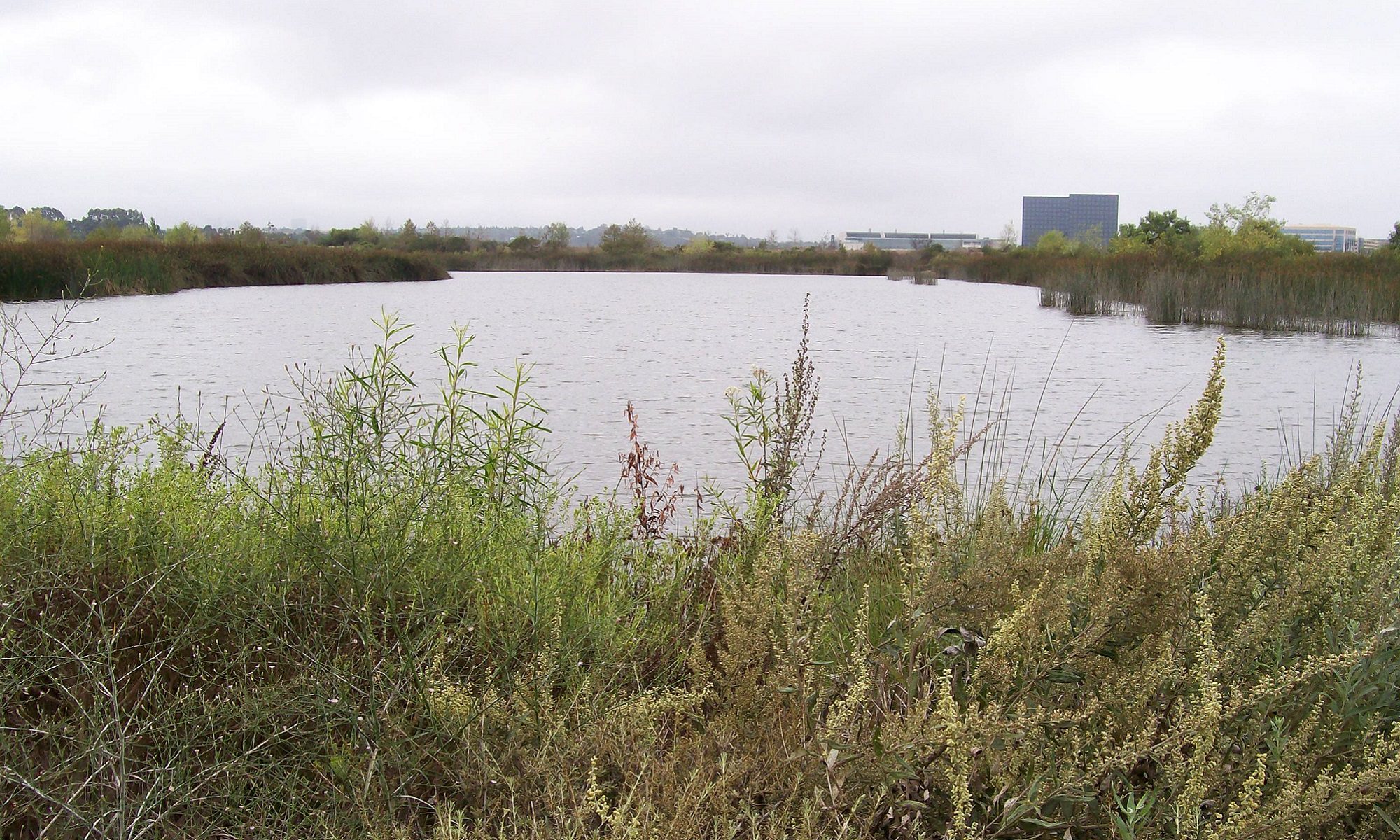From the second edition of Live Pterosaurs in America (to be published within the next few weeks; available from Amazon and other retailers):
Early in 2008, I received an email from man who reported a pair of ropen-like creatures in the state of Washington. [sighting in 1987] . . . the plausibility that he has honestly reported two living pterosaurs that he did encounter—that appears significant enough to justify inclusion here. More likely than not, he told the truth, and that is what he encountered. GW is anonymous.
I was 15 yrs old . . . riding my bike home from a friend’s house around 5 pm . . . I heard a strange noise . . . on a wood plank fence were two of the biggest bird-like creatures I could ever imagine! I almost crashed my bike! They were about 50 ft from me; the first thing I noticed was their heads, then I thought this can’t be! Could they be dinosaurs?
I can tell you I believe their wing span was about 20 ft tip to tip. These creatures didn’t fly very high up when we first saw them, they don’t glide much either. . . . I still heard a screaching type noise, enough to make your skin crawl. . . .
The thing on the back of their heads looked like HMMM more spooned shape and narrow on the head side and wider on the other end. They did notice me at one point, and these creatures were nesting on the ground! Not in the trees, but in a brushy woodsy area near a small abandoned home.
*************************************************************************************************


